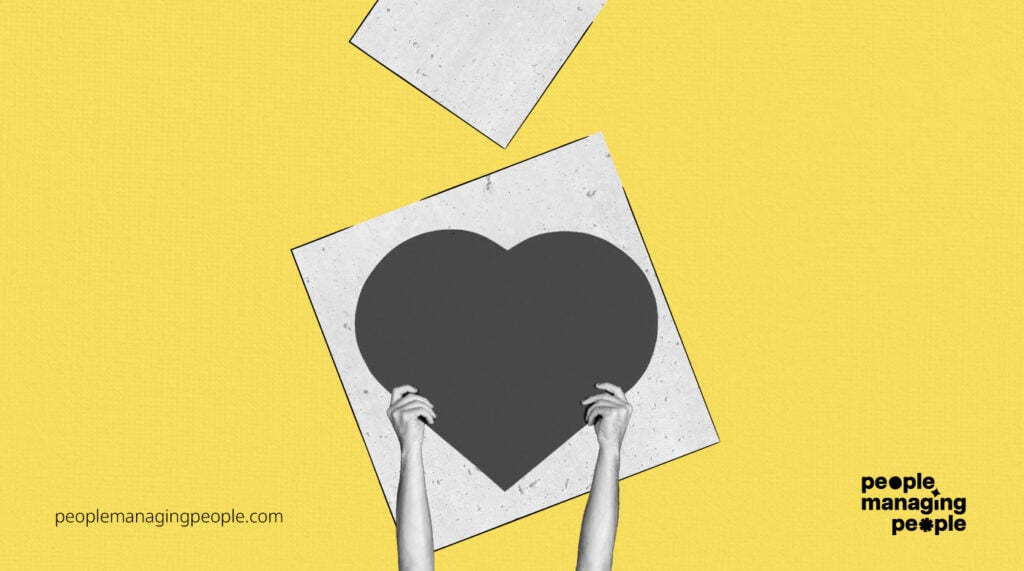Some people may think that all disabilities are something that can be seen. However, the CDC reports that as many as 1 in 4 U.S. adults are impacted by disabilities, and a large portion of those are invisible disabilities.
To support workers with invisible/hidden disabilities, employers can provide a more inclusive environment, as well as reasonable accommodations when requested.
Unlike what some people may believe, accommodations are usually neither expensive nor difficult to implement. According to a research by the Job Accommodation Network, 56% of accommodations cost nothing, while the rest typically have a one-time cost of about $500.
As the CEO and Co-founder of EasyLlama, a modern training solution focusing on creating safer and more inclusive workplaces, I’m passionate about helping companies learn how to support their teams with innovative employee education.
Here I’ll share how you can support workers with both invisible and visible medical conditions in your organization.
What do we mean by invisible disabilities?
Although the Americans with Disabilities Act (ADA) defines the term disability, it does not include a list of conditions that are always considered disabilities.
While some disabilities are apparent to the casual observer, such as the use of assistive devices like wheelchairs or hearing aids, other disabilities are invisible, which is why it’s important to evaluate each case individually.
Invisible disabilities can be physical or mental. Some forms include:
- Chronic pain
- Reproductive disorders
- Digestive issues e.g. Crohn’s
- Mental health conditions such as depression or bipolar disorder
- Chronic fatigue syndrome
- Certain hearing or vision impairments
- Psychiatric conditions such as ADHD
- Learning disabilities e.g. disorders such as dyslexia that can affect sequencing, language, memory, gross and motor skills
- Developmental disabilities like autism.
Even though they may not be apparent to observers, invisible disabilities can have a severe impact on someone’s personal and professional life.
The ADA also offers guidance around mental health conditions and reasonable accommodations for remote work.
3 Ways To support workers with invisible disabilities

Some employees may not wish to disclose their disability status, but that doesn’t mean that you can’t still support them.
Promoting an inclusive workplace culture, regular needs assessments, and education can support all employees and improve your organization overall.
Creating an overall inclusive environment
Creating an inclusive work environment should be top of mind for all organizations to truly harness the skills and creativity within their employee population.
This means an environment where all team members feel like they belong, are empowered to do their best work, and feel comfortable contributing ideas and making reasonable requests.
When it comes to including those with invisible disabilities, supportive job benefits like flexible work hours and a generous leave policy are more than just "perks".
For those with invisible disabilities that can cause them to tire easily, require frequent doctor’s appointments, or make a traditional office setting uncomfortable, these inclusive employer choices can literally be the difference between working effectively or not working at all.
Furthermore, a remote or hybrid workplace can be especially accommodating since it cuts down on commuting—a major barrier for people with chronic conditions.
If in-person work is required for your company, ensure that your building, website, and internal staff documents, etc. are accessible as well. Accommodations here can include:
- Noise-canceling headphones
- Quiet workspaces
- Special office equipment e.g. chairs or stools
- Reserve parking
- Being mindful that not everyone is good with eye contact
- Changing the presentation of tests and training materials.
Another initiative used by a lot of companies is to create or promote employee resource groups (ERGs). ERGs are a forum for underrepresented groups to build community, network, and help organizations better understand their needs.
By encouraging an inclusive, safe, and positive workplace, a lot more employees will be more confident in requesting accommodations that can allow them to feel more comfortable with coworkers and make their working hours more productive.
Send anonymous or private surveys
Regular needs assessments in the form of anonymous or private surveys are a great way to identify accommodations that can be made for individuals, teams, or the company as a whole.
This data can be used to inform policies, procedures, and programs that support people with both visible and invisible disabilities.
Private surveys can give individuals the chance to request reasonable accommodations in a non-intimidating format, and anonymous surveys allow people with disabilities to suggest changes that can benefit everyone in the workplace environment—without “outing” themselves as disabled.
Get education about invisible disabilities
In order to better understand how to make accommodations for disabilities, your managers and employees alike should receive regular training, for example our EasyLlama courses on the Americans with Disabilities Act or Reasonable Accommodations.
This training should cover both how to support coworkers with disabilities, as well as the rights of individuals with disabilities because some disabled persons may be unaware that their conditions are supported or they might be too nervous to ask.
With appropriate workplace training, employees can stay informed and up to date about their rights and benefits, especially for invisible disabilities, which are overlooked.
Where to go from here
By supporting employees with both invisible and visible disabilities you’ll have a more productive workplace and have access to a diversity of though and creativity.
Individuals with disabilities are some of the most creative people on the planet, and sharing the accommodations that you have made for those in your workplace can help inspire others to implement similar solutions of their own!
Often the accommodations you have to make cost little or nothing, and your employees will appreciate your efforts and promote you as a great employer.
If you’re looking to create a more inclusive workplace for your employees we offer a variety of trainings on supporting disabilities as well as Diversity, Equity, and Inclusion (DEI); Harassment & Discrimination Prevention; Data Privacy and Cybersecurity; Workplace Safety; and Ethical Practices.
Some further resources to help:
- The Disabled Workforce: What the ADA Never Anticipated
- 4 Powerful Principles To Help Drive Better Mental Health In The Workplace
- 12 Key DEI Metrics To Track For An Inclusive Workplace
- Why Inclusive Meetings Are Better (And How To Lead Them)
- How To Create An Org Built On Diversity, Equity & Inclusion (with Katie Zink from Social Construct Consulting)
- Humanize Your Workplace With Employee Resource Groups
- How To Create Psychological Safety In The Workplace
- Support Neurodiversity In The Workplace: An Untapped Talent Pool
Subscribe to the People Managing People newsletter and receive regular content to help you progress in your career and build healthy, productive workplaces. Join our supportive community of passionate HR professionals and business leaders sharing knowledge and best practices to build organizations of the future.


